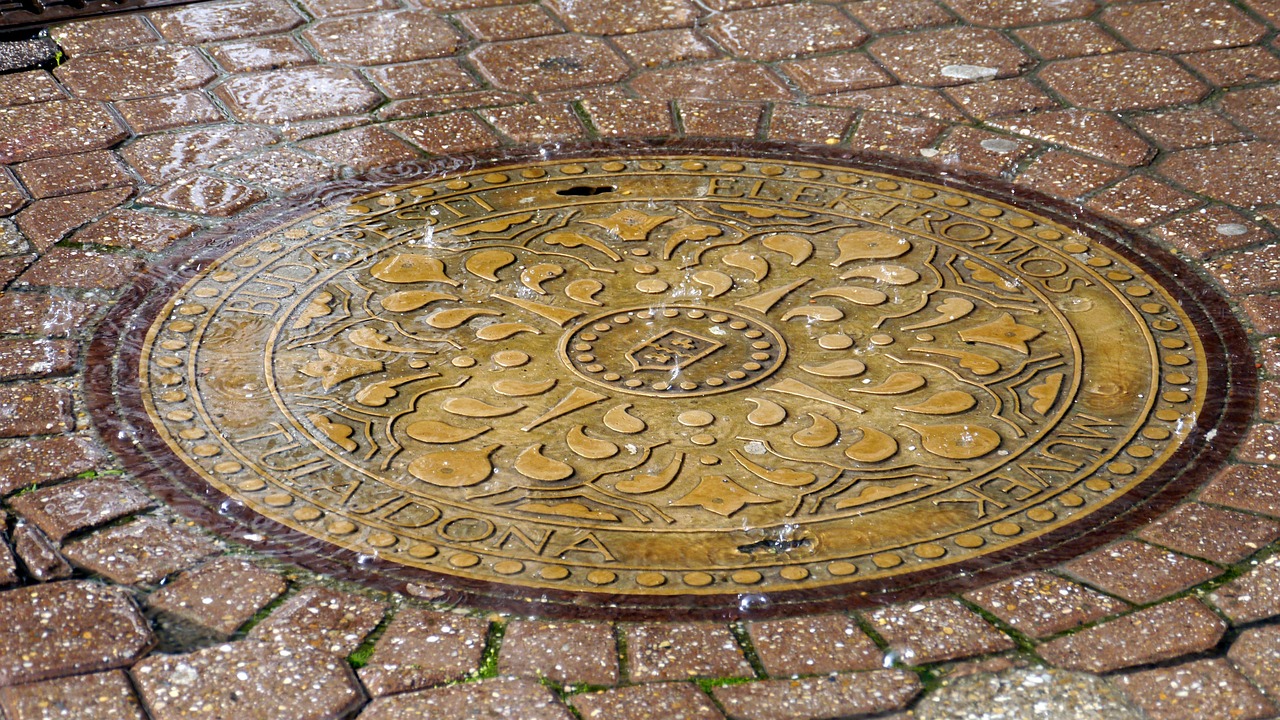Septic tanks serve as underground wastewater treatment systems for millions of homes across the UK, particularly in rural areas without access to mains sewerage. These self-contained units process household waste through natural bacterial action, making them an environmentally sound alternative to centralised sewage systems. Understanding how your septic tank operates and maintaining it properly can save you thousands of pounds in repairs whilst protecting your property and local environment.
How Septic Tanks Work
Your septic system operates through a straightforward three-stage process that relies on gravity and beneficial bacteria. Wastewater from your home first enters the septic tank, where solids settle to the bottom forming sludge, whilst oils and grease float to the surface as scum. The middle layer contains partially clarified water called effluent.
Bacteria within the tank naturally break down organic matter in the sludge layer, reducing its volume over time. The effluent then flows from the tank into a distribution box, which directs it to a series of perforated pipes buried in a drain field or soakaway. Here, soil acts as a final filter, removing harmful bacteria and nutrients before the treated water reaches groundwater.
This biological treatment process typically takes 24 to 48 hours for each batch of wastewater. The system works continuously, processing new waste whilst treating existing effluent, making it a remarkably efficient solution for homes beyond the reach of municipal sewage networks.
Maintenance Tips
Regular maintenance prevents costly failures and extends your septic system's lifespan significantly. Have your tank professionally inspected every two to three years, with pumping required when sludge levels reach one-third of the tank's capacity. Most households need pumping every three to five years, though this varies based on tank size and usage patterns.
Water conservation reduces strain on your system considerably. Fix leaking taps promptly, install low-flow fixtures, and spread laundry loads throughout the week rather than doing multiple loads in one day. Excessive water usage can overwhelm the tank, preventing proper settling and treatment of solids.
Protect the bacterial balance by avoiding harsh chemicals, antibacterial soaps, and excessive amounts of bleach. These products can kill beneficial bacteria essential for waste breakdown. Similarly, never flush non-biodegradable items like nappies, sanitary products, cigarette butts, or cat litter, as these materials accumulate in the tank and can block pipes.
Keep detailed records of inspections, pumping dates, and any repairs. This documentation helps identify patterns, plan maintenance schedules, and provides valuable information to service technicians.
Common Problems
Several warning signs indicate potential septic system issues requiring immediate attention. Slow-draining sinks, toilets, or showers often signal blockages or tank capacity problems. Sewage odours around your property, particularly near the tank or drain field, suggest system failure or inadequate venting.
Pooling water or unusually lush grass growth over your drain field indicates effluent surfacing due to system overload or soil saturation. This creates health hazards and environmental contamination requiring professional intervention.
Gurgling sounds from plumbing fixtures when water drains elsewhere in the house typically indicate blockages or improper venting. High water levels in the tank during inspections may signal outlet blockages or drain field problems preventing proper effluent disposal.
Tree roots frequently infiltrate septic systems, particularly older installations with clay or concrete pipes. Roots seek moisture and nutrients, causing blockages and structural damage over time. Professional root removal and pipe repair may be necessary if this occurs.
Protecting Your Investment
Proper septic tank care protects your family's health, preserves property values, and prevents environmental contamination. Regular maintenance costs far less than system replacement, which can exceed £15,000 including excavation and drain field installation. Understanding your system's operation and following maintenance guidelines creates a reliable wastewater treatment solution lasting decades.
Schedule professional inspections regularly, practice water conservation, and address warning signs promptly. Your septic tank will continue providing effective waste treatment whilst protecting both your investment and the surrounding environment.
